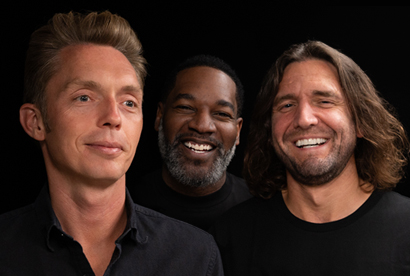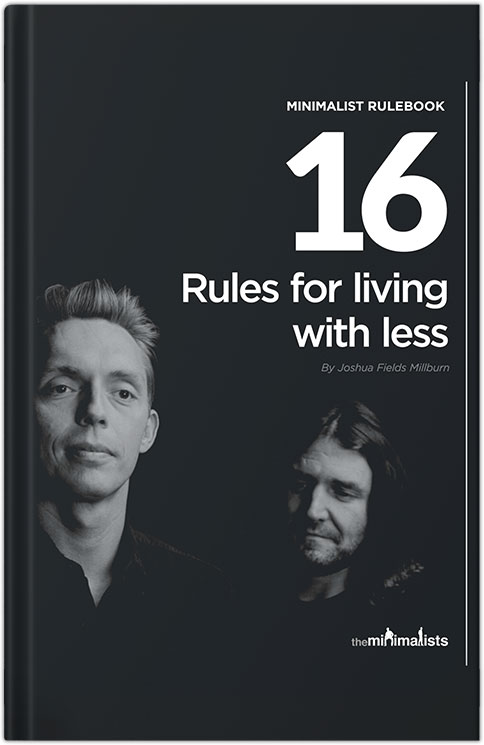If I know anything about being an American, it’s that the man who dies with the most stuff wins.
At 13, I was well on my way to winning. Somehow, I had developed a love for bargains. Off-season prom dresses. After-Christmas sweater sales. Thrifted jeans for a few bucks. I could buy more, for less, than anyone I knew. And I took pride in all that cheap stuff I accumulated, as a middle-class, middle-American, middle-schooler.
This ability to bargain, I thought, would win me coolness and popularity. Surely, I would have far more clothes than my friends.
But I didn’t. Their closets were overflowing, too. Shoes. Bags. Jeans. I kept buying more and more cheap clothing, in an effort to keep up. Each season, our closets collectively spat out old trends as we shoveled in new ones.
In a race to die with the most stuff, everyone wants to look good. So I too raced, with shopping bags in hand, through high school and college.
By 23, I was much cooler than my 13-year-old self. I wanted to travel, live abroad, and experience life outside my hometown and my dorm.
I still loved a bargain more than anything. But it wasn’t financially feasible to schlep a crate of high-heels around the world, so I bought a backpack. I carefully chose a few garments for the next several months, and nervously stepped onto the plane.
Things looked different on the other side of the planet—especially on the winding rural roads of countries like Laos and Cambodia. With my nose pressed against dirty bus windows, I observed. Life is far less shiny and new in that part of the world. There is more dirt, and grass, both indoors and out.
Only one word came to mind when I thought about my life back home.
Lavish.
With eyes wide, I realized my selfishness. For wanting, and wanting, and wanting. And never, ever, thinking about the impact that my want had on the rest of the world.
Generally, people turn to a minimalist lifestyle to make their day-to-day existence easier. To save money, to save time, to focus on what’s truly important. These reasons are admirable—they allow us to find meaning beyond our jeans and gadgets.
But my travels abroad turned me onto minimalism for a different reason. I slowly saw the impact of my consumption taking a toll on the environment, and on others. It became a personal thing. And I realized that minimalism isn’t just a lifestyle decision, but a chance to save humanity.
That’s a pretty bold statement: minimalism will save humanity. But over the following year, I became more convinced of the power that lifestyle choices have on changing the world.
My time abroad changed my perspective—not only on what it means to live with less, but to live. To live is to make choices, day in and day out. And for a long time, I chose a good bargain, retail therapy, and new trends over the chance to reduce pollution, carbon emissions, and landfill waste.
It was time to start asking questions of myself, and of the companies I supported for many years.
In a few months, I will turn 26. The past year of my life has been devoted to learning about fabrics, fashion, and consumption, and starting an ultra-versatile eco-clothing line with my close friend, Shannon. Inspired by our backpacks, and appalled by our former shopaholic selves, we began learning about how our shopping habits affect the rest of the world.
We came across disturbing statistics: Americans, while making up only 5 percent of the world’s population, consume 25 percent of the world’s resources. In 2007, the average American was purchasing one piece of clothing every 5.4 days, and discarding 78 pounds of textiles every year. That’s an absurd rate of consumption.
What’s even more unsettling is how these clothes are constructed. Many of our garments are made with petroleum-based synthetics, chemically sprayed for anti-wrinkle “benefits,” and printed using inks with known carcinogens. The byproducts and waste end up in ecosystems on the other side of the world, that look much different from the enticing point-of-purchase.
Progressive research points to the idea that in order to change the world—truly—we must look towards a more minimal way of life. The earth simply can’t support a world full of overflowing walk-in closets and new trends for every season.
Looking back, I ponder the social pressures behind my consumption. My friends and I wholeheartedly believed that life would somehow be better, if only we had the trendiest garb.
I wanted to be the (wo)man who died with the most stuff, without realizing that if one man dies with everything, the rest are left with nothing. Minimalism, for me, is not just an individual experience that makes my own life richer; it’s a collective experience that improves the world as a whole.
Perhaps it’s time to reconsider our consumption mantra. Perhaps it could go something like this:
If I know anything about being a world citizen, it’s that the man who dies with the smallest footprint does the greatest good.
Kristin Glenn is the founder of Seamly.


